If you’ve been around dinghy-sailing a while, there is a better-than-average chance that you’ve come across the venerable Sunfish (or have mistaken one of its many imitators for a Sunfish). Audrey has been messing about with Sunfish since 1982, and she first capsized one with me onboard in 1984. Through the years we’ve spent many memorable hours sailing this simple boat and have had immeasurable fun restoring old and well-used, even abused basket-case boats.The Sunfish, a direct descendant of the 1945 Sailfish, was the creation of ALCORT Sailboats, founded by Alex Bryan and Cortlandt Heniger. A hollow-bodied wooden “sit-on” sailboat, the Sailfish was featured in LIFE magazine’s 1949 article “World’s Wettest, Sportiest Boat.” It went through various iterations and in 1952, the designers at ALCORT, with considerable input from Aileen Shields Bryan, introduced a new iteration they called the Sunfish. Aileen was considered one of the best female sailors of the day, having won the 1948 Adams Cup—the Women’s National Sailing Championship—as well as the Atlantic and 210 class championships. She recommended adding a small cockpit as a foot well for more comfort, and widening the hull by 12″ for more stability. Since 1952 the Sunfish has been in continuous production and by 2013, more than 500,000 had been built and sailed in over 50 countries. While owing much to its predecessor, the Sunfish is more boat than board. The beam was increased by 12″ to improve stability and a footwell and splashboards were added. The sail is no longer laced to the spars and now attached with clip rings.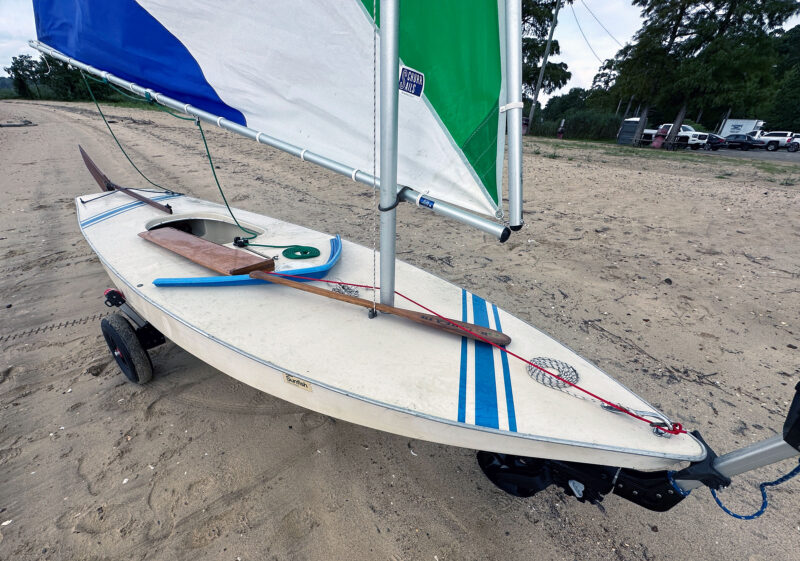 Kent Lewis
Kent Lewis
Join The Conversation
We welcome your comments about this article. To include a photo with your remarks, click Choose File below the Comment box.

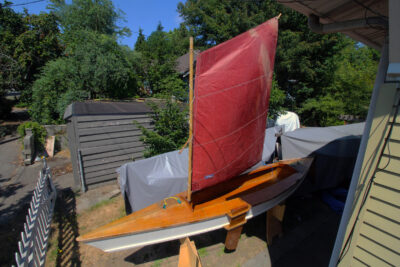

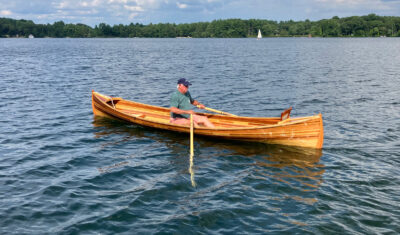
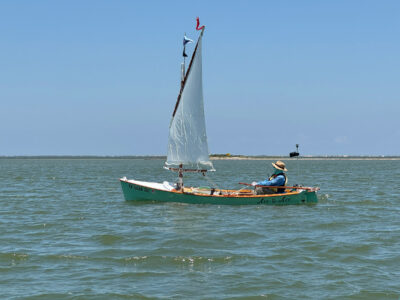
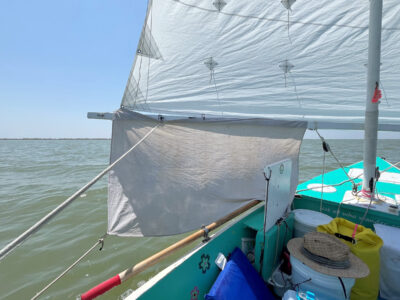
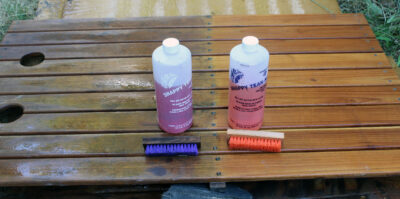
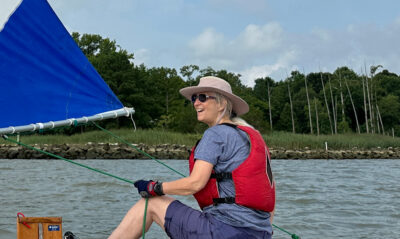
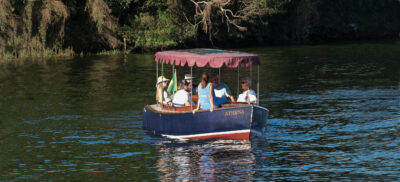


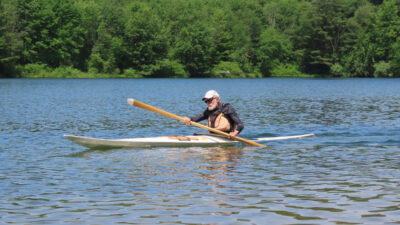

I’m intrigued by the lateen rig on the Sunfish. I presume this is largely self-vanging, like a balanced lug. The rig has the advantage that it can be dropped in a squall, something that can’t be done with the sleeved Laser sail.
No vang per design, but folks add one for racing performance by using the excess halyard back through the deck fairlead and up around the gooseneck swivel, then tied off. Or a variation on that theme.
We like to keep the boat simple, one stick, one string.
Researching all this for an exhibit at Mystic a decade or two ago, I found some interesting tidbits. Al and Cort were iceboat builders and canoe sailors; they responded to a request by the Red Cross for a paddle board for lifeguards, and came up with a prone paddle boat not unlike today’s stand-up paddle boards. They were turned down, so figured out something else they could do with their work. So stick in a daggerboard and add the lateen sail that was standard in open-canoe sailing.
A friend of a friend had a connection to Life and got the right photog and writer to do a spread. I think it ran over several pages, maybe in the center. It’s hard to imagine a similar media impact that would have today: viral when it hit the stands. It was the only capsize, right, and sail away boat in existence then.
A contributing factor, possibly one of the major factors in the Sunfish was that Mrs. Bryan was pregnant and found the Sailfish difficult to sail. A cockpit made all the difference.
Aileen Shields came from good sailing stock, her father was Cornelius Shields. The family knew a thing or two or three about sailing.
I once had my in-laws’ Sunfish planing on a beam reach on Canandaigua Lake and held my own against a 25′ Wianno Senior.
Nicely written, Kent. Only comment is a pontoon is usually paired or threes, like a catamaran or trimaran. The Sunfish hull is a monohull. The monohull Butterfly and further scows are tunnel hulls. Keep on saving Sunfish!
I think Kent is talking about the hull shape. When viewed in cross section, the bottom edges dip down.
I’m amazed how bruised up a sailor can get with a Sunfish on a breezy day! Kent’s observation about the change in behavior in 15 knots or above is true to my experience!